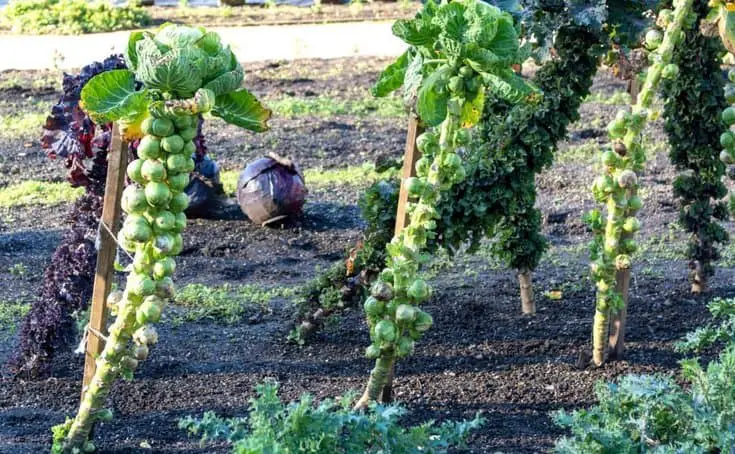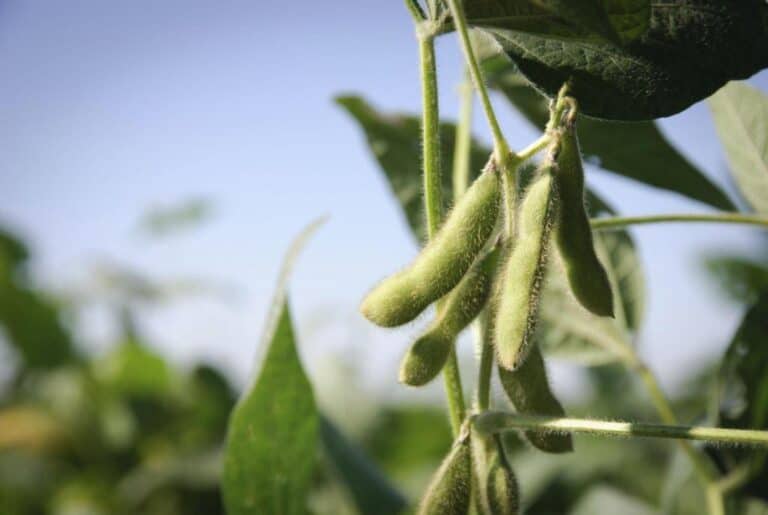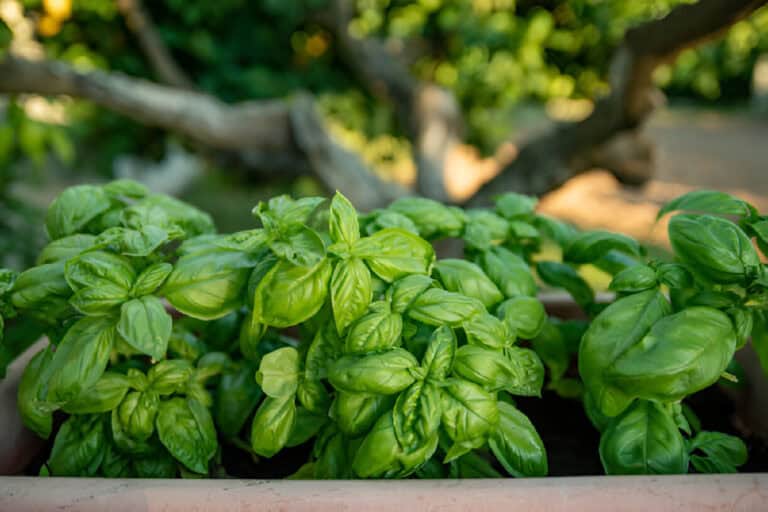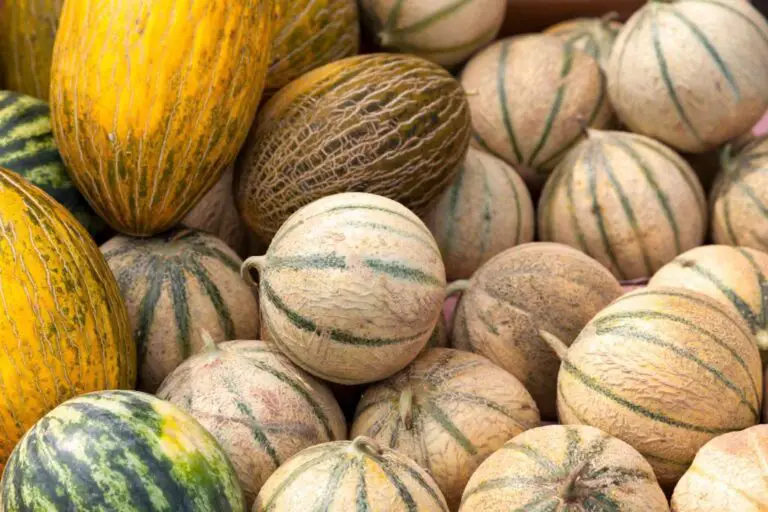Do You Need Both Male and Female Lemon Trees for Fruit Production?
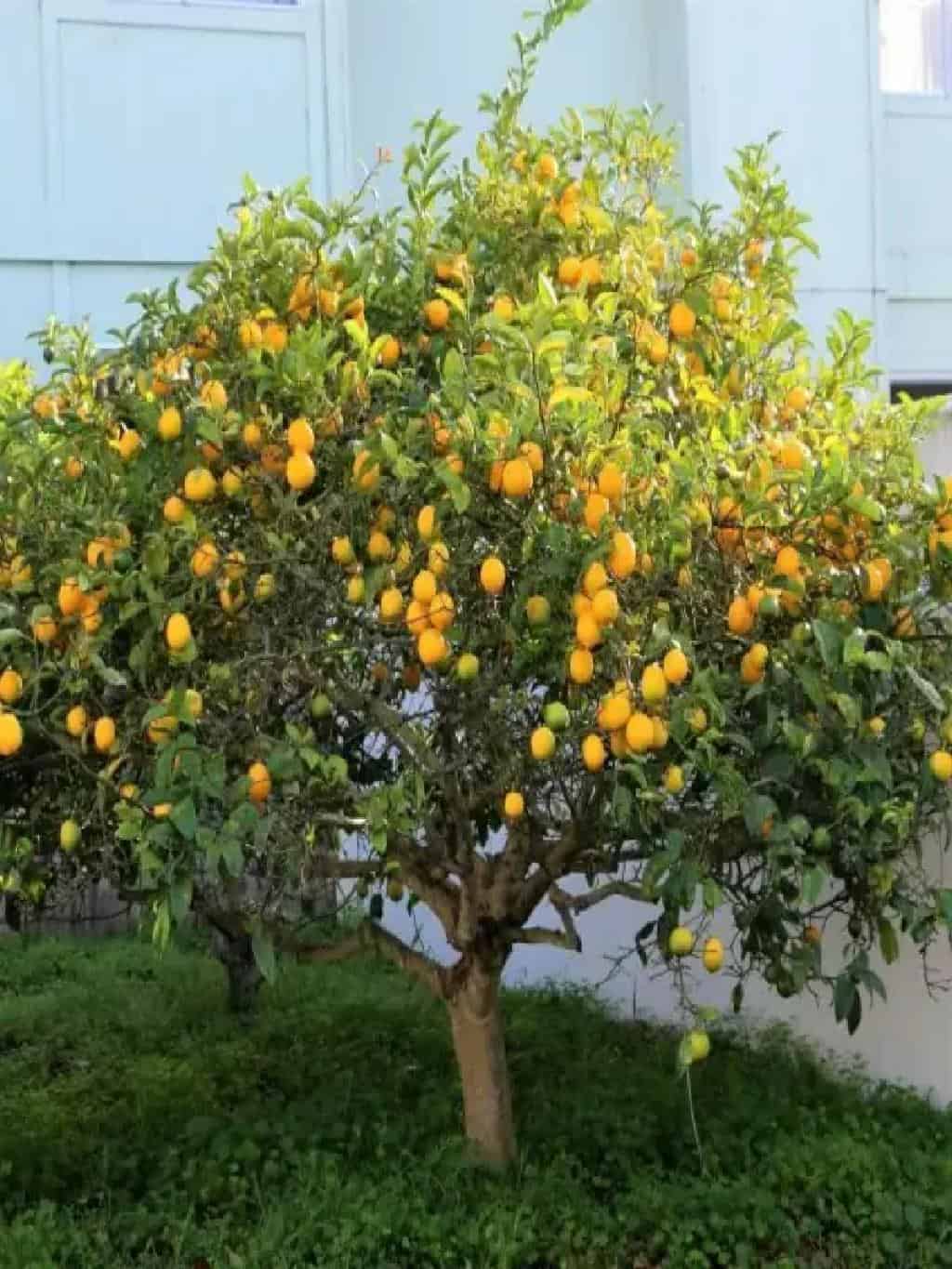
Have you ever thought about how the male and female lemon trees in your garden interact with each other? In the bright world of citrus orchards, male and female lemon trees are dancing in silence. This dance has been going on for a very long time and is very important for the plentiful harvests we look forward to.
Many people may not know this. But, these plants play important roles in pollination. They hold secrets that shape the fruit-filled landscapes we live in.
We look into the interesting world of lemon tree genders in this lush look at how nature is designed. There is an interesting story in your groves. It’s about how these differences affect fruit and about cross-pollination and self-fertility.
Join us on a journey where insights bloom as brightly as citrus blossoms under sunny skies. They offer fresh views on why harmony between male and female lemon trees might be the key to unlocking big yields in your own horticultural paradise.
Unlocking the Secrets of Pollination in Citrus Trees
A very important but often forgotten part of citrus tree fruit production is the process of pollination. Some fruits, like lemons can self-pollinate up to a point, but cross-pollination between male and female lemon trees increases fruit yields and quality.
Bees, butterflies, and the gentle breeze have complex relationships. They move pollen between flowers to ensure strong fruit. Understanding this delicate process sheds light on why having both male and female lemon trees can be advantageous for orchard success.
Pollination is an important part of keeping biodiversity alive in citrus orchards, and it also helps produce lots of fruit. By letting different kinds of pollinators into your garden or orchard, you help plants and animals reproduce. You also help the wildlife that lives there.
Bees buzz among the lemon blossoms. It’s nature’s harmonious symphony at work. It links each tree in a web of need that goes beyond just making fruit.
Using pollination boosts yield. It also helps the environment grow. Each blossom holds promise for the next generation of citrus fruits.
| Also see: Are Meyer Lemons Self Pollinating? |
Do You Need Both Male and Female Lemon Trees for Fruit Production?
No, you do not need both male and female lemon trees for fruit production. Lemon trees are monoecious, meaning they have both male and female reproductive organs in the same tree. They can produce bisexual flowers that have both male and female sex organs in the same flower. This means that a single lemon tree can produce fruit without the need for another tree for pollination
Maximizing Lemon Tree Yield without the Need for Both Genders
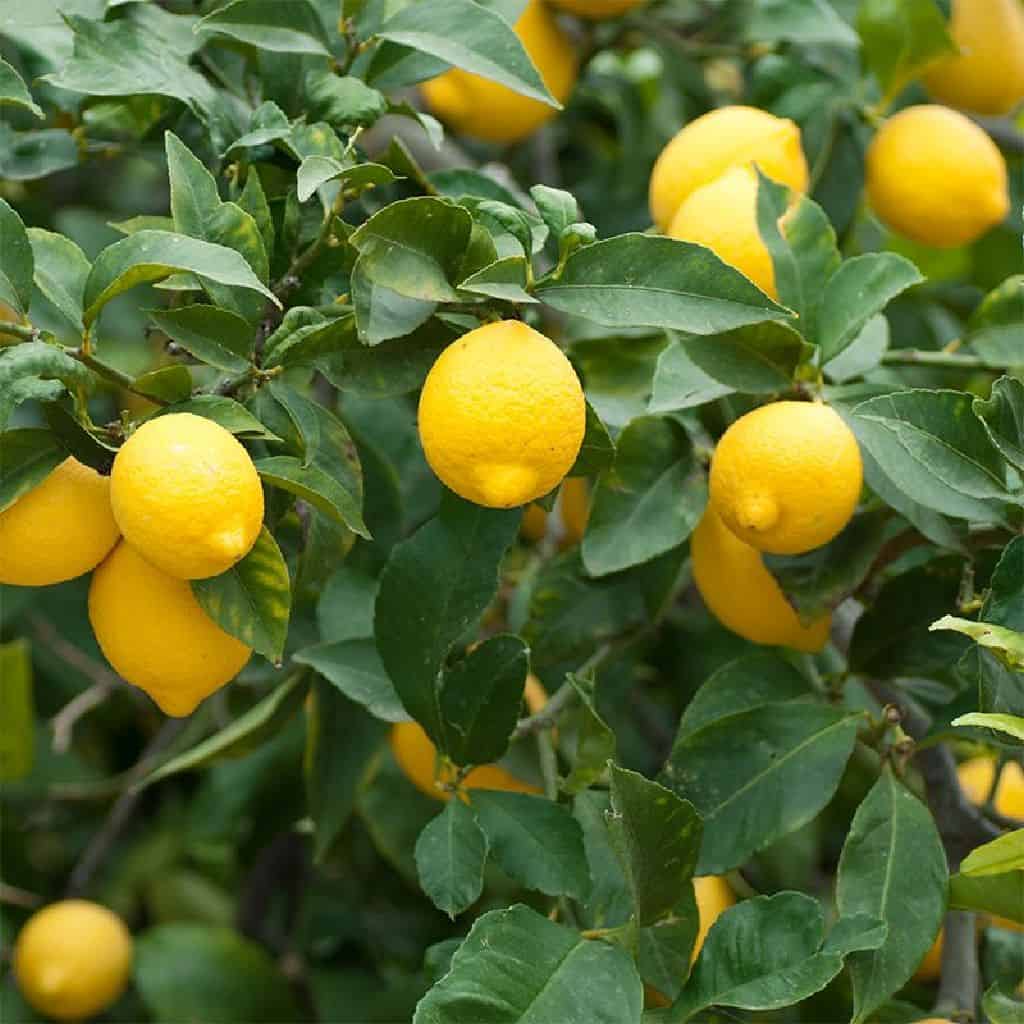
There are a few things you can do to get the most fruit from your lemon trees without having to deal with both male and female plants. One effective method is grafting different varieties of lemon onto a single tree. By doing this, you create a tree that can self-pollinate, thus bypassing the need for separate genders. This technique makes maintenance easier. It also allows cross-pollination within the same tree. This could improve fruit quality and quantity.
Another approach is to introduce pollinators, such as bees or other insects to your garden or orchard. While lemons are primarily self-pollinating, having additional pollinators around can significantly increase fruit set and yield.
Use fewer pesticides and more plant types. This will create a good environment for pollinators. It will attract these helpful bugs and boost the number of times your lemon trees are pollinated. By focusing on supporting natural pollination processes, you can boost productivity without relying on specific gendered trees.
Caring for Lemon Trees to Maximize Fruit Production
Lemon trees, with their vibrant foliage and bright fruits, can be a rewarding addition to any garden or orchard. To ensure a bountiful harvest year after year, it is essential to follow best practices when caring for these citrus trees.
Firstly, proper watering is crucial. Lemon trees prefer soil that is consistently moist but not waterlogged. A good rule of thumb is to water deeply once a week during the growing season, adjusting based on local weather conditions.
In addition to adequate watering, regular fertilization can significantly impact fruit production. Use a balanced fertilizer made for citrus trees. Apply it as the manufacturer directs. Feeding your lemon tree at the right times—typically in spring and late summer—will help promote healthy growth and abundant fruiting.
Also, pruning is key. It improves air flow in the tree’s canopy and removes branches that may hinder fruit. Follow these care guidelines. They will help you nurture your lemon trees to their full potential. They will yield juicy lemons. The lemons are as tasty as they are fragrant.
Where’s the Best Place to Plant a Lemon Tree?
As a citrus variety, Lemon trees require full to partial sun, which means about 4 to 8 hours of sunlight daily. For indoor growth, simply place them in front of a South-facing or sunny window.
Lemon trees need to be planted in well-draining, fertile soil in a location where they will be exposed to six or more hours of sunlight per day. Amend the soil where you plant the tree with compost or peat moss, but avoid putting fertilizer in the soil at the time of planting, as this may burn the roots.
Sphagnum is a genus of approximately 380 accepted species of mosses, commonly known as “peat moss“. Sphagnum accumulations can store water. Both living and dead plants can hold much water in their cells. They may hold 16–26 times their dry weight, depending on the weather.
What Should I Plant Next to My Lemon Tree?
When planning your garden layout, it’s essential to consider companion planting for your lemon tree. Companion plants can help improve soil health, deter pests, and provide shade or support for your lemon tree. Here are some suitable companion plants to consider:
- Herbs: Planting herbs like basil, thyme, and mint near your lemon tree can help repel pests and attract beneficial insects.
- Flowering Plants: Marigolds, lavender, and nasturtiums are flowers. They add beauty to your garden. They also attract pollinators and beneficial insects.
- Vegetables: Certain vegetables like tomatoes, peppers, and spinach can be planted near lemon trees as they have similar soil and watering requirements.
- Companion Trees: Trees like figs, olives, and pomegranates can be planted near lemon trees as they complement each other’s growth patterns and nutrient needs.
- Mulch: Applying organic mulch around your lemon tree can help retain soil moisture, suppress weeds, and improve soil fertility.
By picking the right companion plants, you can create a thriving garden. This garden will help your lemon tree and other plants.


